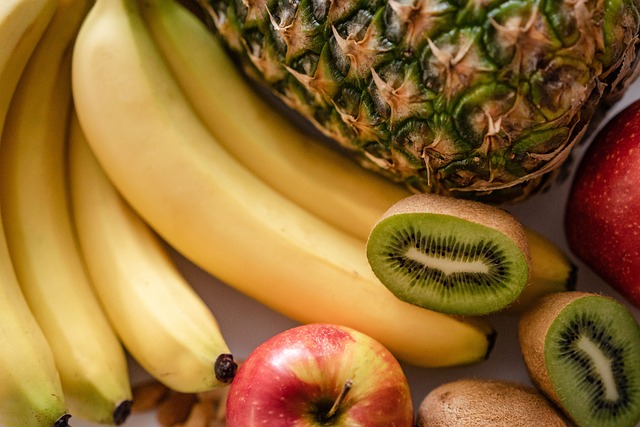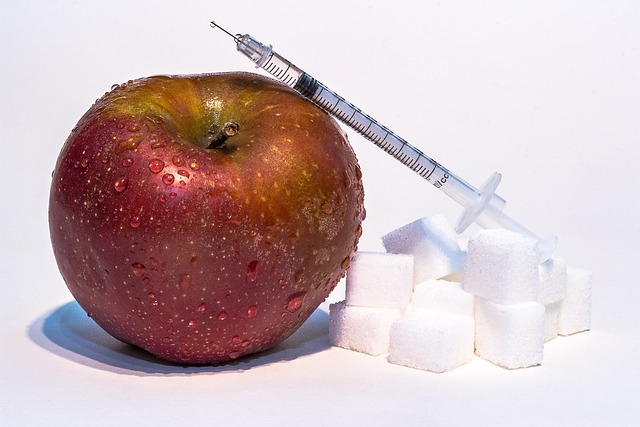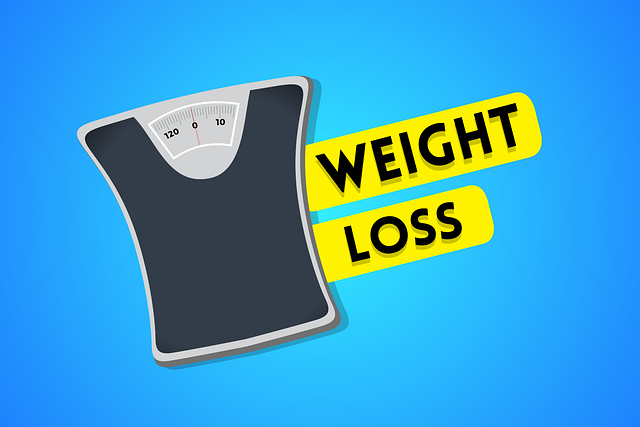Sugar is everywhere. It’s not just in the obvious culprits like candy, soda, and desserts—it’s also lurking in foods you might consider healthy, such as yogurt, bread, and salad dressings. While a small amount of natural sugar from whole fruits and vegetables is perfectly fine, excessive consumption of added sugars can wreak havoc on your health. High sugar intake has been linked to obesity, type 2 diabetes, heart disease, tooth decay, and even mental health issues like anxiety and depression. The problem? Added sugars are often hidden under sneaky names, making them hard to spot on food labels.
The good news is that with a little knowledge and vigilance, you can learn how to identify and avoid hidden sugars, empowering yourself to make healthier choices. Here’s everything you need to know to take control of your sugar intake.
Why Are Hidden Sugars So Harmful?
Before diving into how to identify hidden sugars, it’s important to understand why they’re problematic. Unlike natural sugars found in whole foods (like fructose in fruit or lactose in milk), added sugars are refined and processed, offering empty calories without any nutritional value. These sugars are quickly absorbed into the bloodstream, causing blood sugar spikes and crashes that leave you feeling fatigued, irritable, and craving more sugar.
Over time, excessive sugar consumption can lead to insulin resistance, weight gain, chronic inflammation, and an increased risk of serious health conditions. Because hidden sugars are pervasive in packaged and processed foods, many people consume far more than they realize—often exceeding the recommended daily limit.
According to the American Heart Association (AHA), women should aim for no more than 25 grams (about 6 teaspoons) of added sugar per day, while men should cap their intake at 36 grams (about 9 teaspoons). For context, a single 12-ounce can of soda contains around 39 grams of sugar—more than the entire daily allowance for both men and women.
How to Spot Hidden Sugars
One of the biggest challenges in avoiding added sugars is identifying them. Manufacturers often use alternative names for sugar to make products appear healthier than they really are. To protect yourself, familiarize yourself with these common aliases:
Common Names for Added Sugars
- High-fructose corn syrup
- Cane sugar, cane juice, or evaporated cane juice
- Corn syrup or corn sweetener
- Dextrose, glucose, or maltose
- Sucrose, fructose, or galactose
- Honey, molasses, or agave nectar
- Brown rice syrup
- Maltodextrin
- Fruit juice concentrate
- Maple syrup
If any of these terms appear near the top of a product’s ingredient list, it means the item contains a significant amount of added sugar. Ingredients are listed in descending order by weight, so the closer sugar is to the beginning of the list, the more sugar the product contains.
Hidden Sugar Hotspots
Added sugars aren’t always where you’d expect them. Some seemingly “healthy” foods are actually loaded with sugar. Be especially cautious with the following categories:
- Beverages
- Sodas, energy drinks, and sports drinks are notorious for their sky-high sugar content.
- Flavored coffees and teas often contain surprising amounts of sugar, especially bottled varieties.
- Even fruit juices marketed as “100% natural” can be high in sugar due to concentrated fruit juice concentrates.
- Breakfast Foods
- Many cereals, granola bars, and flavored oatmeals are packed with added sugars.
- Pancake syrups and jams are essentially liquid sugar.
- Sauces and Condiments
- Ketchup, barbecue sauce, teriyaki sauce, and salad dressings frequently contain hidden sugars.
- A single tablespoon of ketchup can have up to 4 grams of sugar!
- Dairy Products
- Flavored yogurts, especially those marketed to kids, are often loaded with sugar.
- Some milk alternatives, like almond or oat milk, may include added sugars unless labeled “unsweetened.”
- Snacks
- Granola, protein bars, and trail mixes often disguise sugar under the guise of being “healthy.”
- Packaged snacks like cookies, crackers, and chips can contain hidden sugars to enhance flavor.
- “Low-Fat” or “Diet” Foods
- When fat is removed from foods, manufacturers often add sugar to improve taste. Always read the label carefully.
Tips for Avoiding Hidden Sugars
Now that you know where hidden sugars hide, here are some practical strategies to minimize your intake:
1. Read Labels Carefully
Always check the nutrition facts panel and ingredient list before purchasing packaged foods. Look for products with minimal added sugars and opt for unsweetened versions whenever possible.
2. Prioritize Whole Foods
Whole, unprocessed foods like vegetables, fruits, nuts, seeds, legumes, and lean proteins naturally contain little to no added sugar. Building your diet around these foods reduces your exposure to hidden sugars.
3. Cook at Home
Preparing meals from scratch gives you full control over what goes into your food. Use herbs, spices, and natural seasonings instead of sugary sauces to flavor dishes.
4. Choose Unsweetened Alternatives
Opt for plain yogurt, unsweetened nut milks, and plain oatmeal. You can always add your own natural sweetness with fresh fruit or a drizzle of honey if needed.
5. Limit Processed Foods
Processed foods are the primary source of added sugars in most diets. Reducing your reliance on convenience foods will automatically lower your sugar intake.
6. Beware of “Healthy” Marketing Claims
Phrases like “natural,” “organic,” or “low-fat” don’t necessarily mean a product is low in sugar. Always verify claims by checking the nutrition label.
7. Gradually Reduce Your Sweet Tooth
If you’re used to consuming sugary foods regularly, cutting back can feel challenging at first. Start by gradually reducing the amount of sugar you add to coffee, tea, or recipes. Over time, your taste buds will adjust, and you’ll crave less sweetness.
8. Stay Hydrated
Sometimes thirst is mistaken for hunger or sugar cravings. Drinking plenty of water throughout the day can help curb unnecessary snacking on sugary treats.
Smart Substitutions to Cut Down on Sugar
Replacing sugary foods with healthier alternatives can make a big difference in your overall intake. Try these swaps:
- Swap sugary cereal for rolled oats topped with fresh berries and nuts.
- Replace soda with sparkling water infused with lemon, lime, or cucumber.
- Trade candy for a handful of dried fruit or dark chocolate (70% cocoa or higher).
- Use mashed bananas, dates, or applesauce instead of refined sugar in baking recipes.
- Choose mustard, hummus, or guacamole over sugary condiments like ketchup or barbecue sauce.









